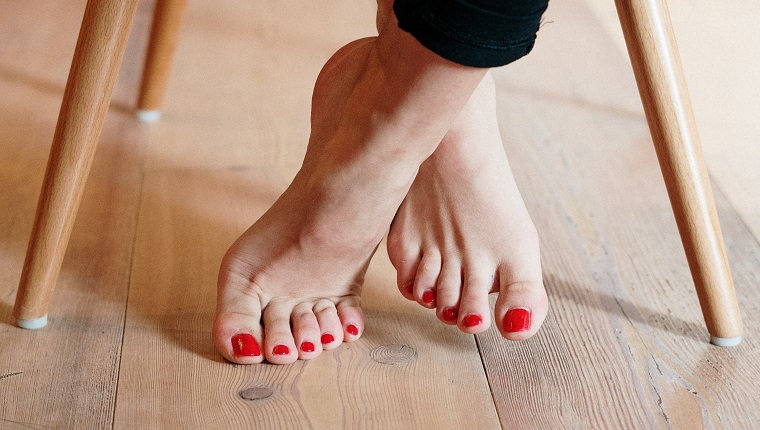Many women in our modern world have bunions develop over time but it does not exclusively affect women. Bunions can be unsightly and incredibly painful or completely pain-free and may only become symptomatic when further advanced. What can you do to prevent this problem from occurring in the first place and what can you do if its already there?
Firstly, its important to understand that the shape of your foot is something you have some control over. There are a number of muscles which should support the arches of our feet and through chronically wearing shoes, these muscles aren’t conditioned well through the years and may be completely inactive, leading to a multitude of possible scenarios, including bunions and shin splints.
Bunions can also develop after sustaining an injury, from wearing high heels, having narrow toe boxes in your shoes and if the neural communication and control of the foot is altered.
The foot, like other musculoskeletal structures in the body, responds in the way it has been conditioned. If we give our feet the ability to move and be conditioned by allowing them freedom to move, the muscles have a fighting chance at providing adequate control and stability. If we leave them restrained and under pressure, they are more likely to buckle or complain.
While prevention will always be better than cure, bunions respond very well to conservative management aimed at regaining the required intrinsic stability and control within the joint to allow for normal, pain-free function.
To avoid the likelihood of getting a bunion forming, I would suggest the following:
- Walk barefoot when you can
- Avoid prolonged walking/standing in high heels
- Follow and complete your rehabilitation after a foot surgery/an injury
- Wear shoes that match the requirements of your foot – be careful of narrow toe boxes, especially during sports/exercise
- Try every now and then to move your toes independently of the others, in multiple directions
Your health and physical wellbeing should be a priority deserving of quality care. Make sure to discuss any concerns you may have directly with your preferred physiotherapist, so that you can receive the appropriate guidance for your unique situation.

